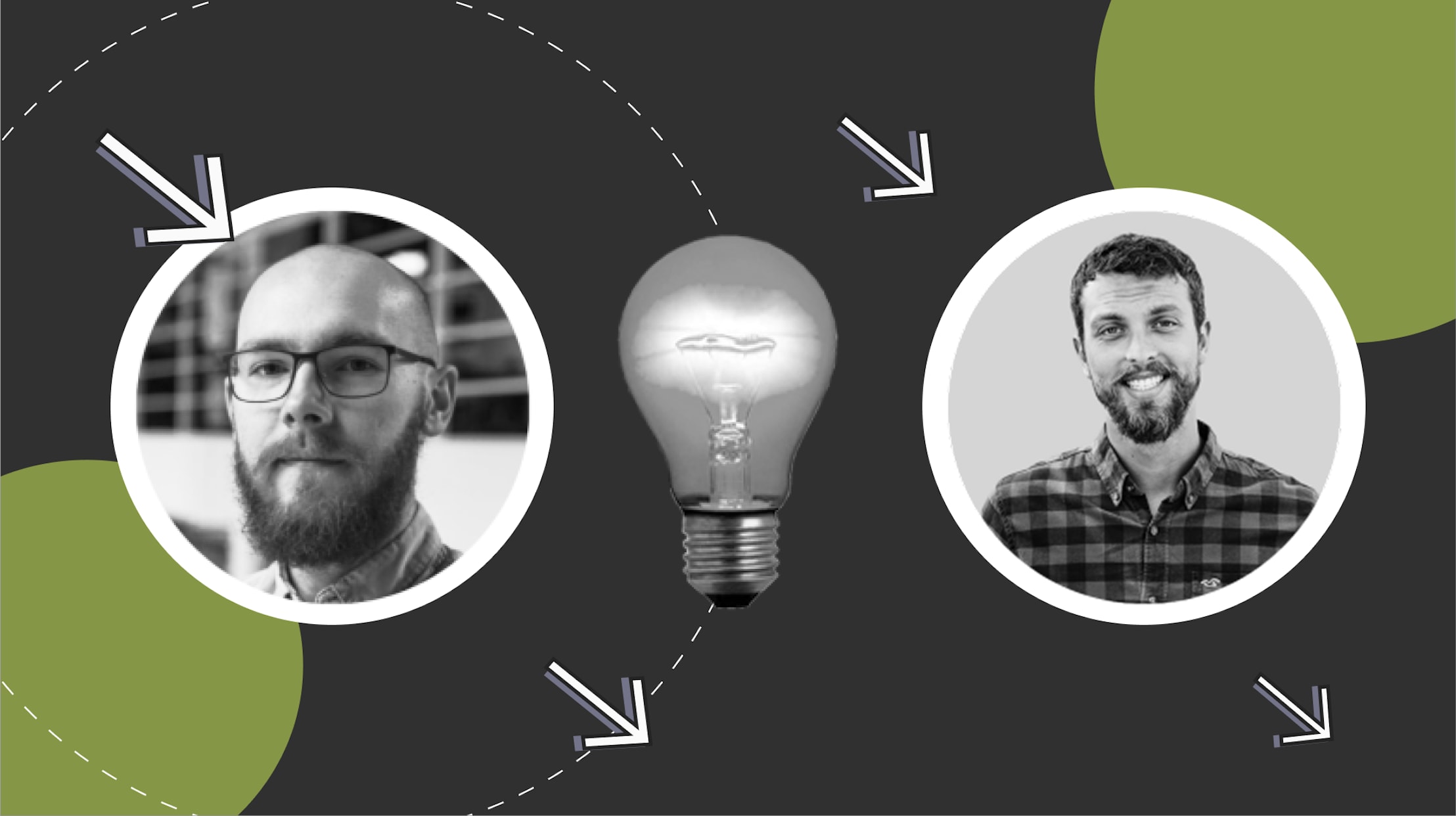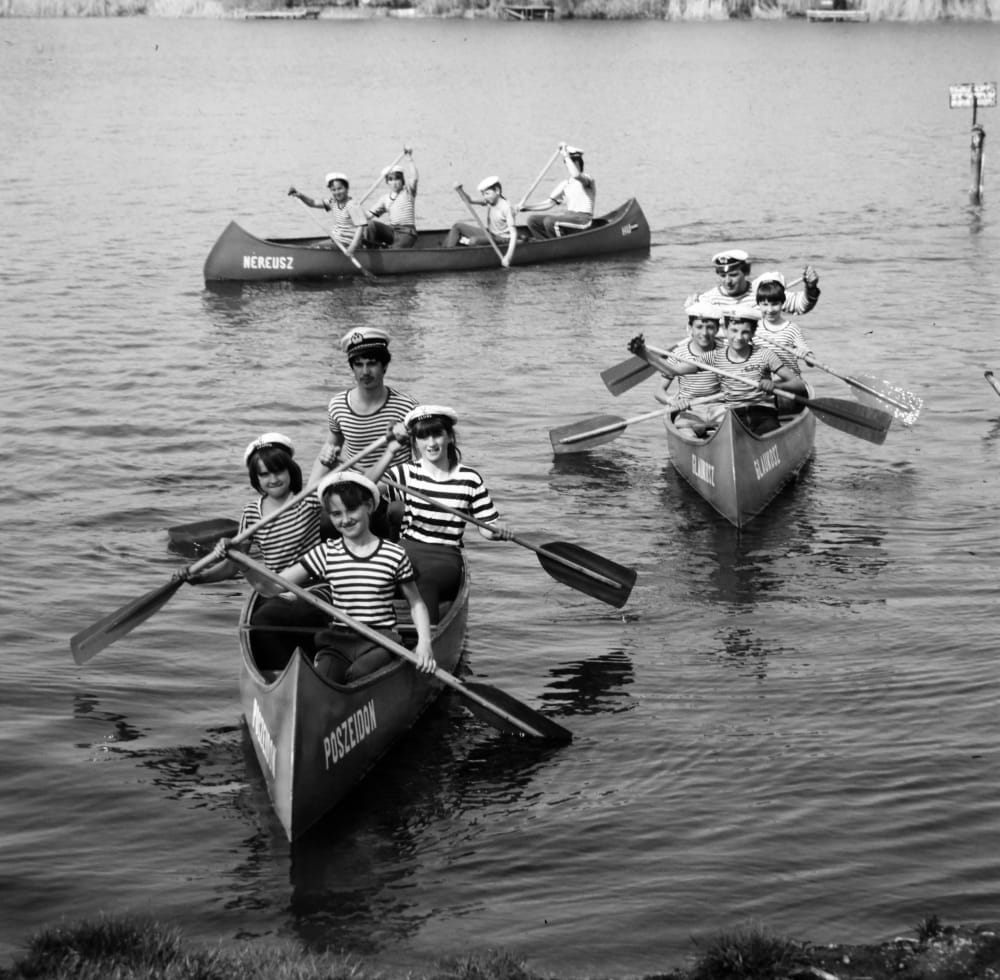How to Build a Smarter Renewable Energy App – 5 Lessons from Michał Czmiel, Tech Lead at Boldare
The renewable energy industry is booming. Solar panels, energy storage systems, and EV chargers are becoming more advanced every year. But here’s the real game-changer: software. Companies investing in Companion Apps—mobile or web applications that connect users with their energy systems—are unlocking new revenue streams, improving customer experiences, and optimizing energy management.
But what makes a great Companion App? How can companies use them not just as tools but as strategic assets? To answer these questions, Oskar Kwitek from Around the Product Development sat down with Michał Czmiel, Tech Lead and Software Architect at Boldare. With years of experience building digital products for the renewable energy sector, Michał shares his lessons learned, highlighting the key technology challenges and solutions that every energy company should know. Join us as we dive into this discussion—read the full transcript below or listen to the complete episode for deeper insights!

Table of contents
What Are Companion Apps?
Oskar (Host): Welcome to Around the Product Development, our weekly series where we dive into the world of digital product creation. Today, I’m excited to have with us Michał Czmiel, Tech Lead and Software Architect at Boldare, who has been deeply involved in the renewable energy sector. Michał, it’s great to have you here. Could you introduce yourself to our audience?
Michał (Guest): All right, hello, nice to be here. My name is Michał, I’ve been in Boldare for more than six years, I think. Yeah, and some of the time, some of the years has been spent working on the renewable energy projects. When I talking about renewable energy, they are mostly related to PV generation, energy storage, electrical, vehicle charging, this type of information.
Oskar: Pleasure to have you! This is kind of a continuation—we previously discussed user experience with Andy.
So today, we’re focusing on tech integrations and how to approach them. But before we start, could you explain to our audience what a Companion App is, especially in the context of renewable energy?
Michał: Yeah, sure, good question.
A Companion App is an application that complements the hardware product. It enhances the value of the hardware.
Oskar: What does that mean in practice?
Michał: It means that user, by using this application, can access additional features, additional information about their system. They can view the life monitoring, how much the panels are generating, how much energy is there in the storage.
They can view historical data analysis, they can even control the system sometimes, I don’t know, they expect the storm is coming. Let’s make sure that in our storage we have more energy in case the grid goes dark.
Michał: They also can access a customer support, etc. And this is the basic level of the functionalities, of course, and probably we’ll talk about this later. Businesses can offer additional products, additional features, additional integrations from the business.
Oskar: That makes sense! So, from the company’s point of view, a Companion App is also a communication channel?
Michał: Yes! For example, let’s say a company has only been producing hardware for a long time. Now, by moving into digital, they open up a new channel to interact directly with customers.
Off-the-Shelf vs. Custom Solutions
Oskar: Some companies use off-the-shelf solutions, while others build their own from scratch. Can you elaborate on this?
Michał: Sure! I’ve mostly worked with custom-built solutions that are tailored to specific business needs.
But there are also off-the-shelf solutions, which are:
- Faster and cheaper to implement,
- Standardized, so some users might already be familiar with them.
On the other hand, custom-built solutions:
- Allow for greater customization—both in terms of features and user experience,
- Provide better analytics, so companies can truly understand user behavior.
Michał: Custom solutions give you more control over how your app looks, feels, and evolves with new features.
How Companion Apps Increase Product Value
Oskar: Can a Companion App actually be a key differentiator between two similar energy products?
Michał: Absolutely! Let’s say you have two hardware bundles—one with a PV panel and energy storage, and another with almost identical performance parameters.
If the price and specs are similar, the deciding factor could be:
- User experience—how intuitive and engaging the app is,
- Additional features—weather-based predictions, household energy consumption reports,
- Integration with other systems—EV charging, home automation, etc.
A high-quality Companion App enhances the user experience and can make the product more attractive.
The Challenge of System Integration
Oskar: One of the biggest challenges seems to be data integration. How do you approach this?
Michał: The main challenge is the diversity of data formats and requirements from different partners.
When we talk about integration, it goes both ways:
- Importing data—for example, from IoT devices that track energy production,
- Exporting data—for example, sending reports to utility providers.
Michał: It’s important to have standardized APIs, a reliable logging system, and strong data validation to ensure accuracy.
Future-Proofing Companion Apps
Oskar: The renewable energy market is evolving fast. How do you ensure that an app stays relevant?
Michał: You need to anticipate change:
- New hardware types,
- Regulatory updates,
- Changing customer expectations.
A modular, loosely coupled architecture helps ensure that:
- New features can be added without breaking existing ones,
- Security updates can be deployed quickly,
- The app remains scalable.
Cloud Adoption – A Smart Move or a Challenge?
Oskar: Cloud adoption is a hot topic. Do you see major benefits for Companion Apps in the cloud?
Michał: Definitely! Cloud solutions offer:
- Scalability—handling peak loads efficiently,
- Data storage—for long-term insights and backups,
- Improved security—if implemented properly.
If done right, cloud computing helps companies optimize costs and improve performance.
Final Takeaways: 5 Key Tech Lessons
- Decide between off-the-shelf and custom solutions based on your business needs.
- Use Companion Apps as a competitive advantage to differentiate your energy products.
- Ensure seamless integration with IoT devices and external platforms.
- Future-proof your app with a scalable, modular architecture.
- Leverage cloud computing wisely for security and scalability.
Oskar: Thanks, Michał! This was a great discussion.
Michał: Thanks for having me! It’s great to share knowledge and help companies build better digital products.
Share this article:






